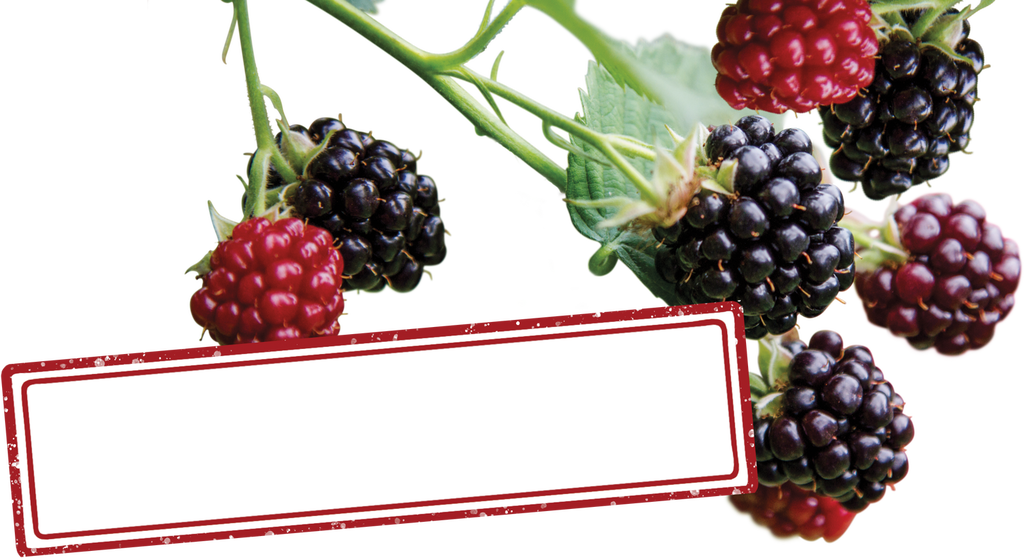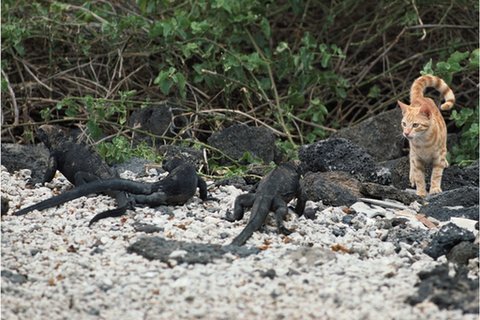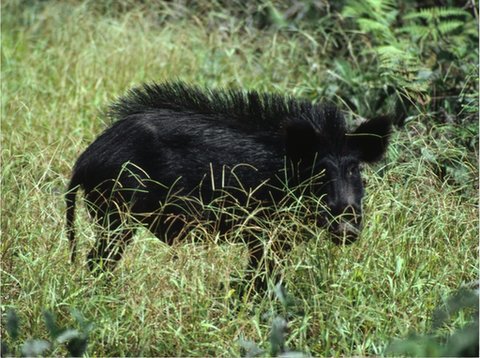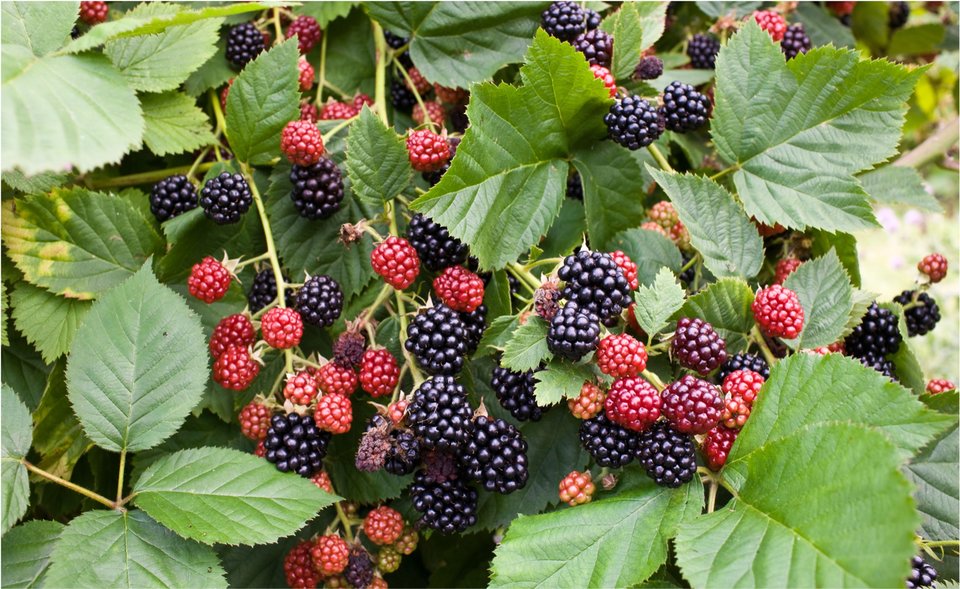
FromthemomentTomásdeBerlangaandhiscrewarrivedattheGalápagosin1535,peopleintroducednewplantsandanimalstotheislands.Peopledidnotconsidertheeffectstheselivingthingsmighthaveonexisting ones.
Goats,pigs,dogs,anddecorativeandagriculturalplantswerebroughttotheislandsonpurpose.Theyweretomakelifeeasierforsettlers.Theyarecalledintroducedspecies.Otherlivingthings—rodents,insects,andweeds—probablyarrivedon ships.

CatsarenotfromtheGalápagos.Acatcanharmnativeandendemic wildlife.

Wildboars,orwildpigs,nowroamthe islands.
Isthisimportant?Yes.MostGalápagosplantsandanimalsevolvedinisolation.Outsideorganismsputthematriskofcompetition,disease,orevenattack.Itisestimatedtherearemorethan1,700 introducedspeciesintheGalápagostoday.Wecallsomeinvasive species.

Blackberryplantsgrowandspreadquickly.Theytakeupspacenativeplantsneedto grow.
PlantInvaders
About700oftheseinvasivespeciesareplants.Oneplant,thewildblackberry,hasbeenacauseforconcern.Itwasintroducedtotheislandsinthe1970sasanagriculturalplant.Oncehere,itquicklyspreadacrossthe islands.
TheblackberriescrowdedouttheScalesia forestsonthehighlandsofSantaCruz,Isabela,Floreana,andSanCristóbal.Scalesiaplantsaregiantmembersofthedaisyfamily. Theycangrowupto15meters(49feet)tall.Theseforestsarehomestoavarietyofbirdspecies,includingthewoodpeckerfinchandvermilion flycatcher.
WildblackberrieseasilycrowdoutScalesia.Acrosstheislands,it’sestimatedthatblackberrieshavetakenovertheequivalentofmorethan21,000 soccerfields.They’reaproblemtoGalápagosfarmers, too.
Farmersconsidertheblackberryaweed.Itgrowsindense,thornythicketsuptofourmeters(13feet)tall.Itturnsfarmsintowastelandsbychokingoutotherplants.Fightingtheblackberryishardwork.Destroyingitbyhandcanbeback‑breaking.Andkillingitwithherbicidesistoorisky—thepoisonscouldharmother plants.